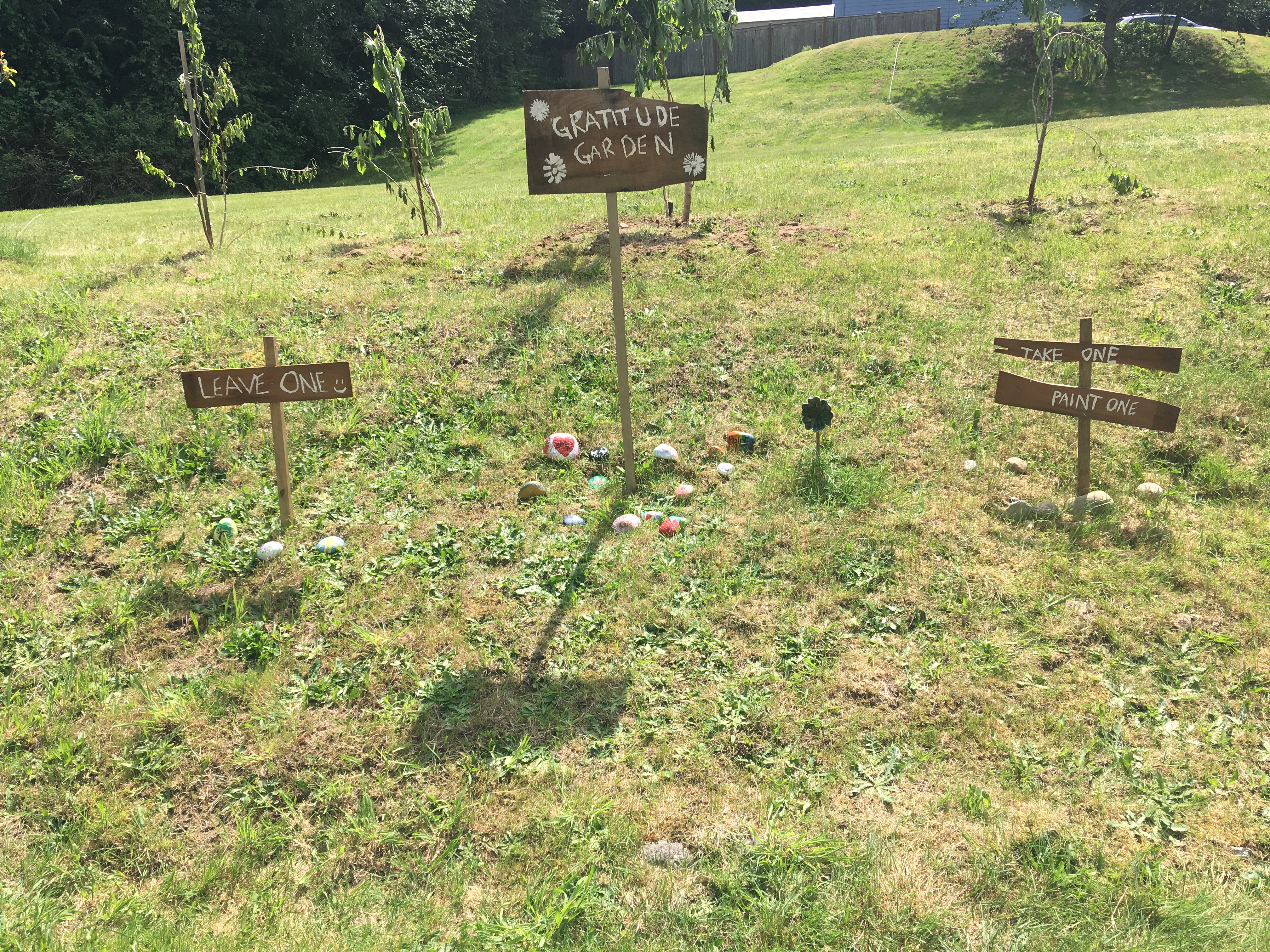Early on, there were some fun aspects to quarantine.
Spring break was indefinite. The whole family was together. Rules and schedules
were relaxed. Creative solutions were popping up all over the place and keeping
us entertained.
But as stay-at-home orders get extended with no end date in
sight, the collective feeling seems to be shifting.
Hollie Gonzalez, LMHC, NCC, CCM and Premera case
manager offers tips for helping children—and adults for that matter!--through
this period of uncertainty.
The Current State
It does seem that quarantine has been getting more difficult
for a lot of people, children included. I’ve noticed that for many anxiety has
moved into general malaise or even depression.
It’s important to pay attention to children and adolescents
and watch for any changes in behavior and mood. Children don’t always show the depressive
behaviors we expect like crying, lack of energy, hopelessness, oversleeping. You
may find they are increasingly easily irritated, acting out, or becoming more
oppositional or defiant.
If you notice these signs, acknowledge them and reach out to
your child. Ask them what’s going on inside so they also may also acknowledge
and verbalize those thoughts and feelings.
Talk About Feelings
Research shows that saying what we’re feeling out loud
actually integrates right and left hemispheres of the brain and can have a
calming effect. Getting them to talk about feelings, events, what they miss
makes it real. puts it out there in the open and decreases the chance that
those bottled up feelings will start to “come out sideways” in negative and
possibly harmful ways.
Once they’ve verbalized all of this, our role as parents is
crucial. How we respond will have an impact and provides connection – feeling
that you’re not alone is important.
It’s helpful to acknowledge what’s going on for them
and to validate this with phrases such as “it makes sense you’d feel this way…”
In his book, The Whole Brain Child, neuropsychiatrist
Daniel Siegel talks about “riding the wave” with children. That means
experiencing the ups and downs and meeting them where they are and sitting there with
them–with all of those swirling and often uncomfortable emotions. Spend some
time there before moving on to problem solving or next steps. Allow space
for they’re feelings. Give them permission to cry, scream (think barbaric
yelp), punch the pillow, kick the ball as hard as they can (outside).
Helpful Activities
Getting outside
Take time to be in nature and really pay attention to the
things you may not have noticed before, like certain flowers, trees. I try
to take a walk with my daughter daily during my lunch break. We check in on the
neighborhood animals including frog eggs which have now hatched. We’ve made a
game of spotting the frogs in the marsh (they’re hard to spot).
Mindfulness activities
It doesn’t have to be
meditation or yoga to be helpful. Simple doodling, coloring, painting, dancing, mindful
walking, or any activity where you can lose yourself and go all in for that moment.
Connect from a distance

Finding creative ways for no-contact interaction can be fun
and bring joy to others as well. My daughter and I have started a Gratitude
Garden on the embankment of our yard near the road where everyone in the
neighborhood walks. It started as my daughter just wanted to paint some rocks to
put on display. We then realized they symbolize things for which we’re
grateful–anything from tacos, and ice cream to family and hope.
Writing messages to friends and neighbors with sidewalk
chalk. We even ventured out into the adjacent neighborhood where many
schoolmates live and wrote messages and drew pictures to let them know we were
there and are thinking of them. With some friends there have been messages back
and forth. I also noticed that some kids (maybe adults?) had a tic-tac-toe
game going with the sidewalk chalk.
What You Can Do
Hope is important – this won’t last forever, but things may
never seem completely back to normal either. Shifting the conversation
from what we can’t do to a more creative dialogue about what we can do may
bring a sense of hope.
Finally, nutrition, exercise, and sunshine all help tremendously
with mood. It’s important to pay attention to how were feeding ourselves, not
just what we’re eating but also what we’re feeding ourselves emotionally.
Resources
Premera has telehealth services available for adults and children who need medical or mental healthcare during the COVID-19 emergency.
Anxiety and
Depression Association of America has tips on dealing with COVID-related anxiety.
Dr. Dan Siegel offers resources and courses on mindfulness.
COVID-19 Resources from the Depression and Bipolar Support Alliance.
Resources for parents from the American Academy of Child and Adolescent Psychiatry.
The Balanced Mind Parent Network has resources for parents of children with mood disorders.